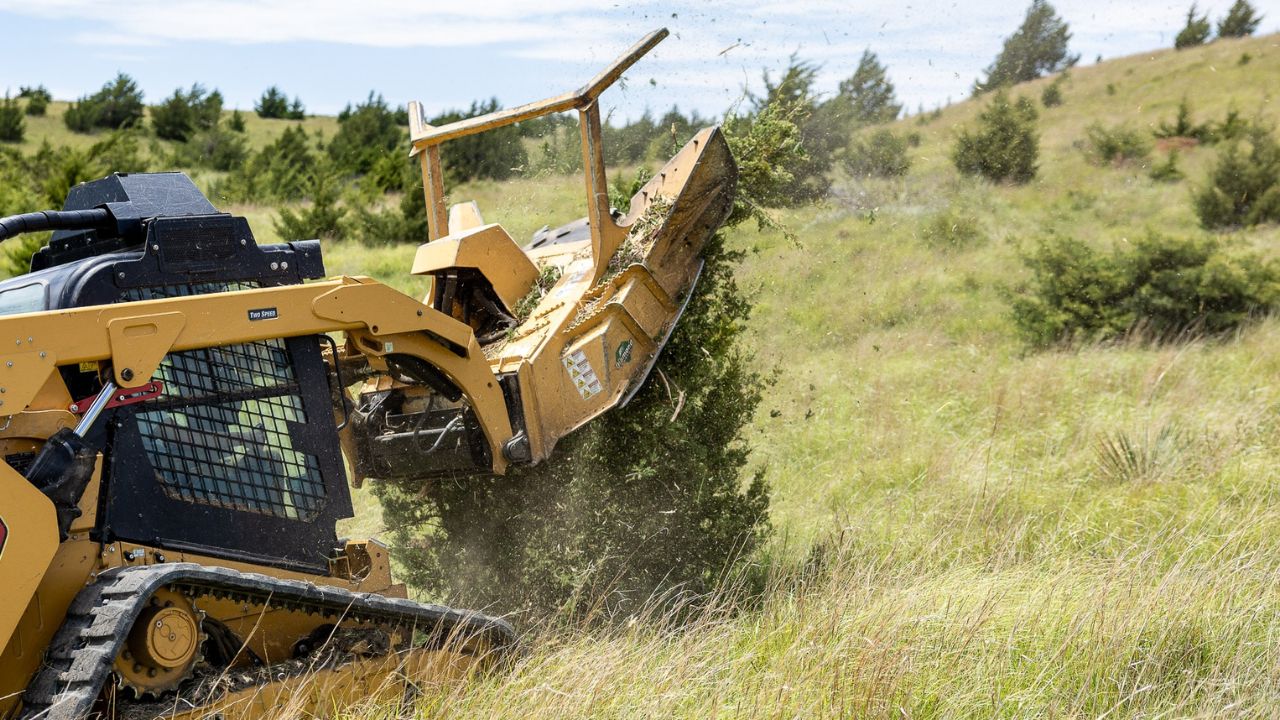It is well known that bobcat mulchers possess great power, great precision, and the capability to perform challenging land clearing and vegetation control jobs. The mulcher teeth that are the cutting parts and which grind, shred, and pulverize trees, brush, and stumps are at the center of this performance. Learning how to maintain bobcat mulcher teeth and use the best practices to maintain them is one way of significantly expanding their working life, maximizing their cutting ability, and performance in different types of terrains.
Understanding the Role of Bobcat Mulcher Teeth
The most important component of a Bobcat mulching attachment is the mulcher teeth. They touch the vegetation and the ground directly and assume the cutting force. The mulcher teeth of the Bobcat are normally of high-grade steel and have tungsten carbide tips to make them harder and more resistant to wear. Such materials enable the teeth to sustain hits and are sharper longer, even in abrasive environments.
Nevertheless, these teeth, though durable, do not resist wear. The cutting edges may become dull or chipped over time because of rocks, hard soil, and thick timber. Minor problems can be avoided by frequent check-ups and maintenance of systems so that minor problems do not develop into major ones. Early detection of wear and proper maintenance of correct operating methods by the operators allow them to safeguard their investment and achieve high productivity.
Sharpening and Replacing Worn Teeth
Lubrication of the teeth is another important maintenance that is not taken seriously by many operators. The sharp teeth decrease the force needed to cut the vegetation, which decreases the stress on the hydraulics and motor of the machine. The consequence of the dulling of teeth is the increased working hardness on the part of the mulcher, which means reduced speed and increased fuel usage.
To sharpen bobcat mulcher teeth, special grinders are intended to sharpen carbide tips. The original cutting angle that the manufacturer suggested should be kept in order to maintain optimum performance. Excessive grinding or inappropriate sharpening may reduce the life of the carbide tip and decrease the life expectancy of the tooth.
When teeth are fractured, broken, or so worn out that repairing them is impossible, then they should be replaced. Using damaged teeth not only reduces productivity but may also result in severe wear on the mulcher drum and other parts. Real Bobcat Replacement teeth guarantee compatibility, balance, and consistent cutting power.
Correct Operating Procedures
The manner in which a Bobcat mulcher is driven directly affects the life of the teeth. The machine should not be overloaded or used at the wrong angles, and should not be forced to cut big and dense materials, because this will increase the wear rate and lead to breakages of the teeth. The recommended guidelines on ground speed, cutting depth, and mulching direction should be adhered to at all times by the operators.
It is also recommended to keep the speed of the drum constant and not overpress to avoid overheating and to have a smoother cut. Working in the rocky or uneven ground should also be taken with care by the operators. Impacting hard surfaces may chip or wear the carbide tips, so the number of times unnecessary contact with the ground is made should be minimized, which is best avoided. One of the best methods of minimizing wear and the life of mulcher teeth involves training the operators on proper methods.
Lubrication and Equipment Maintenance
The bearings, drum, and hydraulic system of the mulcher are regularly maintained. It is done to make sure that the teeth are running smoothly and efficiently. Lubrication prevents the friction of the moving components and therefore, it reduces vibrations and stresses that cause premature tooth wear.
The operators are to look at the loose mounting bolts and ensure that the teeth are firmly pressed in the drum. Shaky teeth would lead to imbalance, which would lead to inaccurate cutting and may lead to the breakdown of the attachment. Maintaining all the mechanical parts in good condition will mean that the mulcher will perform to the best.
Conclusion
In conclusion, it is necessary to care for teeth properly, provide regular checkups, use them properly, and replace them with high-quality parts. The teeth are the engine in effective mulching, and the condition of these teeth directly impacts the productivity and operating costs. Cleaning of teeth, sharpening, and checking of the teeth every time can help the operators avoid expensive failures and make sure that the teeth are working as well as possible in any project. Bobcat mulcher teeth have the potential to serve as an asset to forestry, land clearing, and vegetation management professionals with the right handling and maintenance; they can last a number of years.


